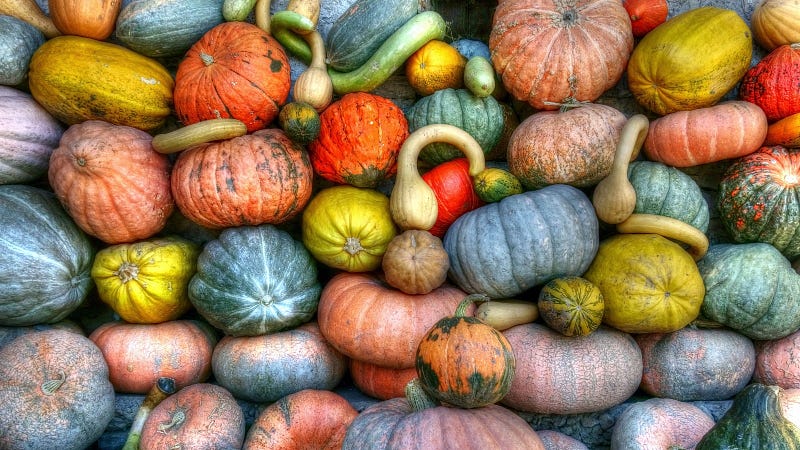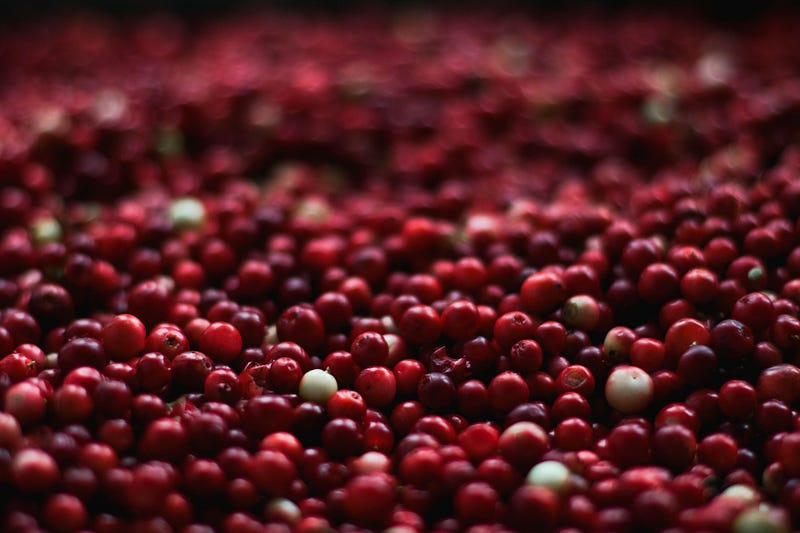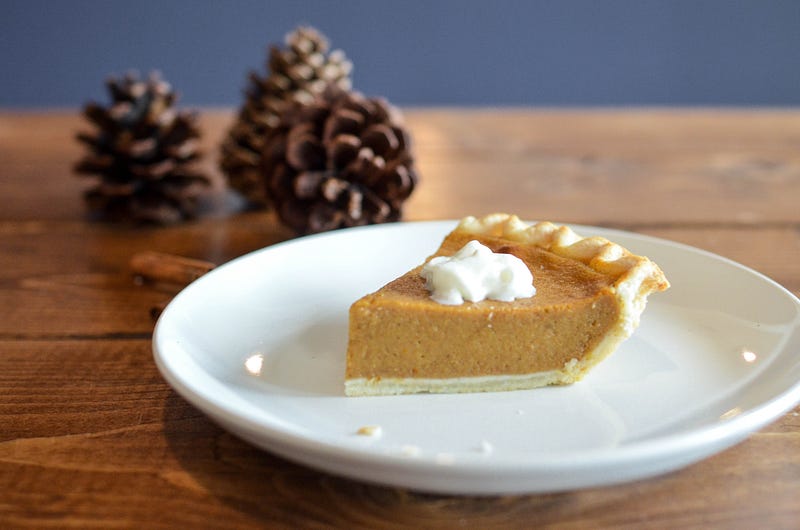Uncovering the Truth Behind the First Thanksgiving Feast
Written on
The Reality of the First Thanksgiving
As many people rush to prepare the "traditional" Thanksgiving dinner—complete with turkey, stuffing, mashed potatoes, and cranberries—it may come as a shock to learn just how dramatically this "traditional" meal has evolved over time.
Interestingly, the original Thanksgiving celebration was not a family gathering as we picture today. Historical accounts indicate that women were likely absent from the feast itself. Documents reveal a gathering of 50 English settlers and 90 Wampanoag individuals, suggesting that while women did the cooking, they were not part of the celebration.
What culinary creations did these women whip up after enduring their first winter in New England? Although definitive answers are elusive, historians have turned to old cookbooks, archaeological evidence, and historical letters to piece together a plausible menu.
One particularly insightful source comes from the writings of two colonists, Governor William Bradford and Edward Winslow, who provided detailed descriptions of the feast.
This video explores the intriguing question: What was actually served at the first Thanksgiving? Did it resemble the lavish feast we imagine today?
The Ingredients of a Historical Feast
Wildfowl
Instead of turkey, it’s believed that some type of wildfowl, likely duck or goose, was the featured meat. Edward Winslow recounts how four men went hunting to bring home enough fowl to feed the group for almost a week, capitalizing on the abundance of migratory birds during autumn.
Venison
One certainty is the presence of venison at the first Thanksgiving. Bradford noted in a letter that the Wampanoag people contributed five deer to the feast.
Corn
During this time, multi-colored corn was a staple for the Pilgrims, thanks to the agricultural knowledge imparted by the Wampanoag. Corn was probably served as either bread or porridge after being removed from the cob.

Fish and Shellfish
Diverging further from our modern Thanksgiving, seafood played a significant role in the inaugural feast. The colonists had easy access to a variety of fish, including bass and eels, as well as mussels and lobsters. Winslow noted the plentiful nature of the local seafood.
This video showcases efforts to recreate the first Thanksgiving, highlighting the diverse foods that were actually part of the meal.
Pumpkin
While pumpkin was certainly on the menu, it was not prepared as a pie. The settlers did not have ovens or the necessary ingredients for a crust. Instead, various squash varieties were a vital nutritional source.

Vegetables
An array of vegetables was likely served, including squash, carrots, onions, turnips, and parsnips, commonly referred to as "roots" or "pot herbs" in the 17th century.
Turkey
Although wild turkeys were abundant near the Plymouth colony, Bradford’s writings fail to mention turkey being served at the feast, suggesting it was not the primary focus.

Potatoes
Contrary to popular belief, there were no mashed or baked potatoes at the first Thanksgiving. Potatoes were not yet cultivated in North America, having originated in South America and the Caribbean.
Cranberries
Cranberries, native to New England, were available to both natives and settlers. However, the earliest written record of cranberries being boiled with sugar to create a sauce appears nearly 50 years after the first Thanksgiving.

Stuffing
The Pilgrims did not have bread-based stuffing due to a lack of wheat. Instead, they may have used onions, herbs, and nuts to flavor their meats.
Pies
While pies did not make an appearance at the first feast, they later became a staple of New England Thanksgiving celebrations. Initially, these pies were made with rye crusts and filled with meat and vegetables, rather than the dessert-style pies we know today.

These "standing pies" were baked in bulk to last several months, allowing families to store them in cellars for winter. This method kept the pies edible for extended periods, as opposed to custard-like fillings, which spoil quickly.
Now that you’re equipped with some fascinating Thanksgiving history, you can share this knowledge during those inevitable awkward moments at family gatherings. Everyone will surely appreciate the interesting tidbit. Happy Thanksgiving!